2023 Ocean Storytelling Photography Grant Finalists
We are excited to announce the 8 finalists of the Save Our Seas Foundation Ocean Storytelling Photography Grant 2023!
The judges reviewed applications from passionate and creative photographers from around the world. Making a final selection was tough when talent was so evidently in abundance, but the sheer diversity of candidates serves as a hopeful reminder to the judges of how many committed conservation storytellers are working towards changing our world. Each finalist can feel rightfully proud of their place in our top 8!
The two winners will be selected from these 8 finalists and will be announced on 9 December 2023. Each of our 8 finalists will receive a copy of Thomas Peschak’s book Sharks and People.
Each winner will receive a US$2,000 cash prize and will be given a paid three-week photographic assignment to document an SOSF-supported marine research or conservation project. The SOSF has funded more than 480 projects in more than 90 countries, and the winning photographers will be assigned to tell one of these stories.
Thomas P. Peschak, National Geographic Magazine photographer and Director of Storytelling for the Save Our Seas Foundation; Kathy Moran, former senior editor (natural history) of National Geographic Magazine and Jennifer Samuel, photo editor at the Washington Post, will mentor photographers throughout the process.
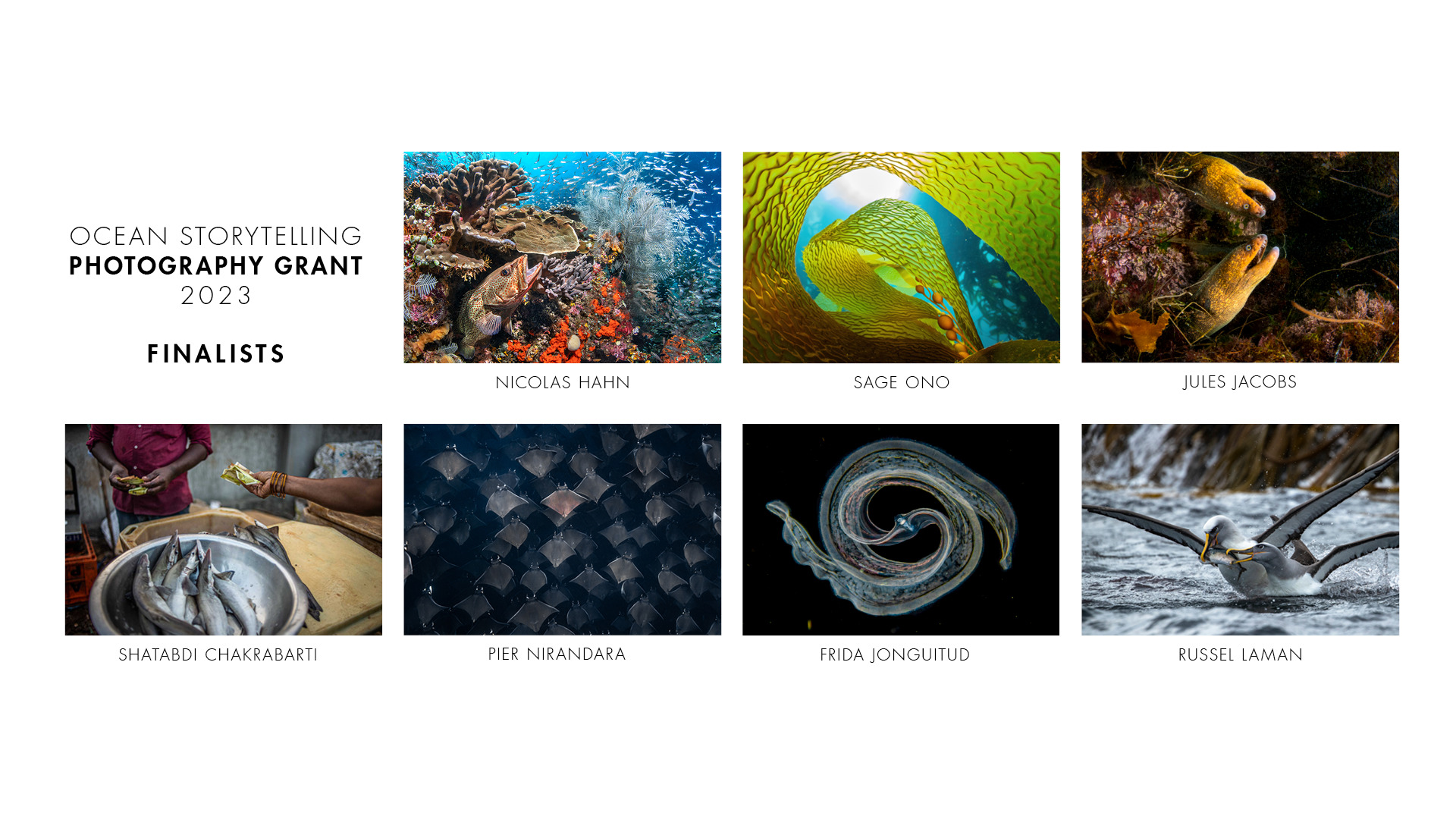
All winners will be given the chance to showcase their work at an international conference or an exhibition, with travel expenses included.
Each winner’s story will also be published as a photo essay for the Save Our Seas Foundation. All winners will be given the chance to showcase their published marine conservation story assignment.
The Ocean Storytelling Photography Grant is dedicated to supporting a diverse generation of emerging conservation storytellers. We were searching for creative and committed photographers who can open an audience’s eyes to the oceans, even if their background has not previously been specifically marine focused.
Continue reading below to learn more about each of our fantastic finalists!
Frida Jonguitud
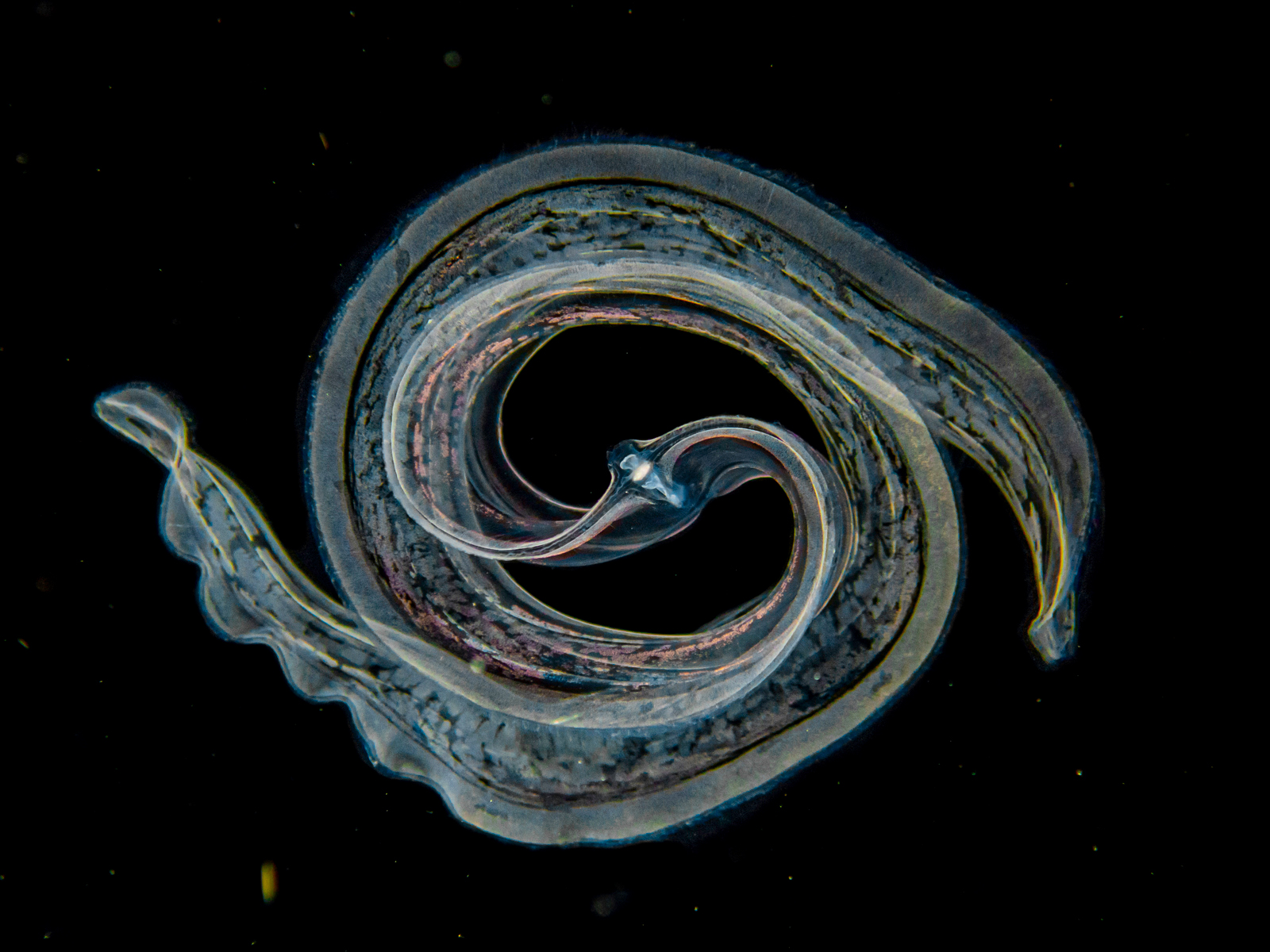
Photo © Frida Jonguitud
Frida Jonguitud
Mexico
One of the things Frida understood when she first started diving is that the underwater world is completely misunderstood. It is underrated for 99% percent of the world’s population that hasn’t been there watching a living and vibrant reef ecosystem with all its colours, textures and pairs of eyes looking back at you. She wants to show all these extraordinary beings to her people at home, to everyone. Frida believes that if they see it from her perspective, she can awaken their curiosity, familiarizing the world with its inhabitants and creating awareness about their importance and fragility. Thus, little by little, change the future of our oceans.
Jules Jacobs
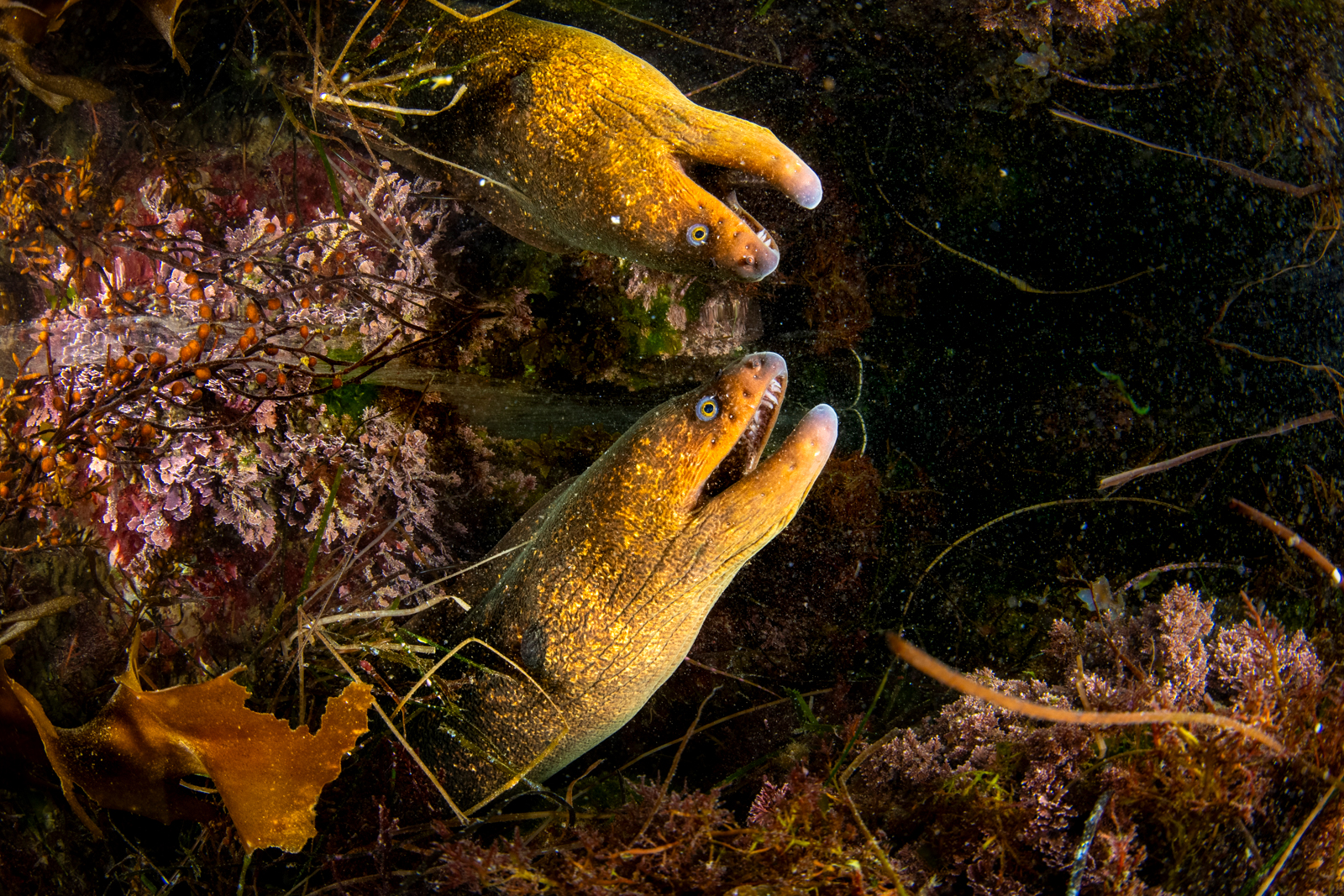
Photo © Jules Jacobs
Jules Jacobs
USA
It became Julian’s passion to capture and share intimate images of the corals he’d pined to see when he was growing up, showing people that corals weren’t “underwater plants” (as so many thought) but complex animals that create entire ecosystems. Sharing images with friends, classmates, and teachers contextualized the global realities of climate change to those around him. Seeing how those messages were better understood when others could see, and not just hear, made Jules realize the power of photography and conservation photographers’ responsibility to share their vision.
Nicolas Hahn
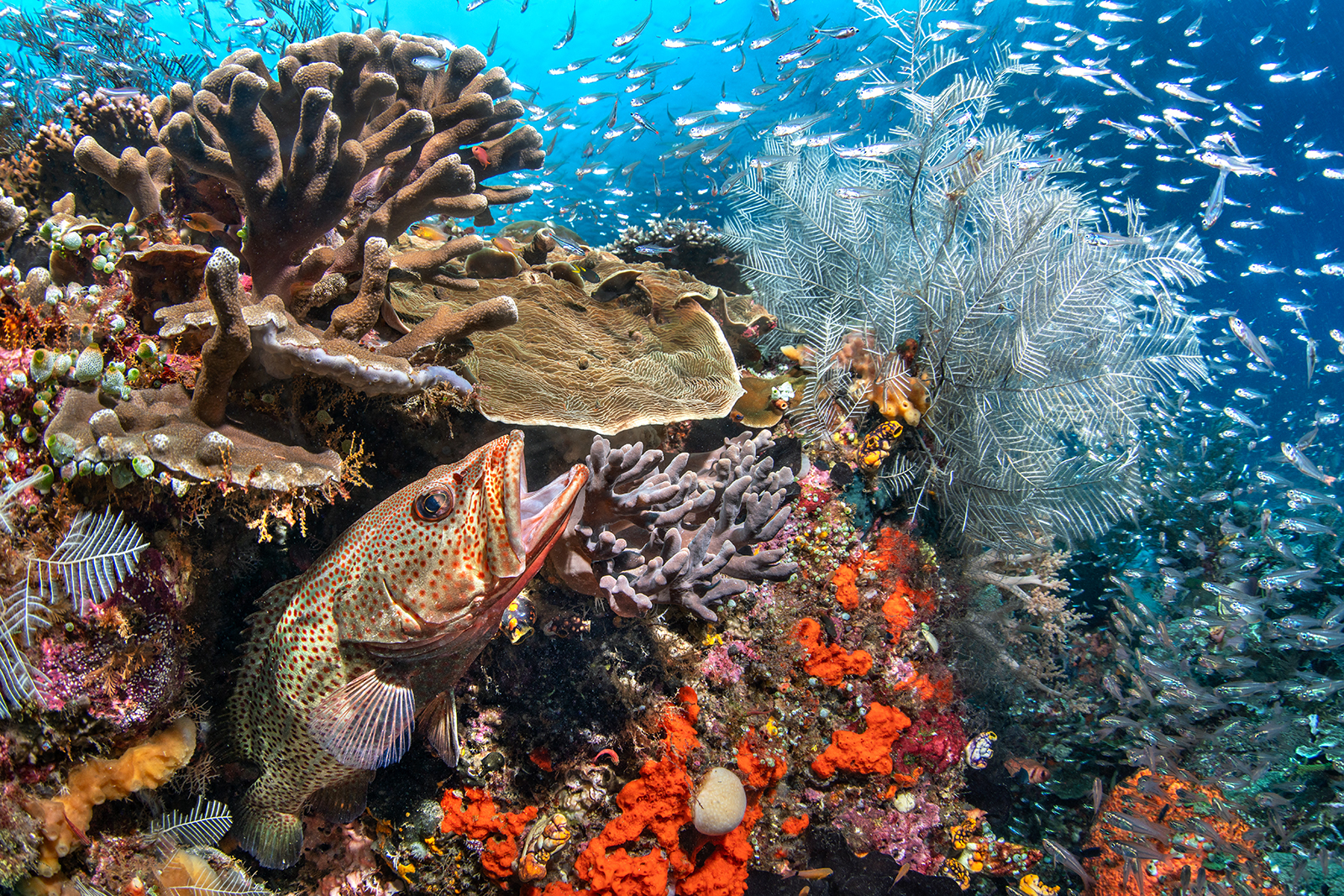
Photo © Nicolas Hahn
Nicolas Hahn
Argentina
As Nicolas was growing up, his mind always seemed to be wherever the animals were. He was extremely captivated by the insects he found under rocks, the toads that would emerge after the rain, and the birds whose songs he would hear through the window. Magazines and books about sharks, frogs, and snakes transported Nicolas to places he couldn’t physically reach at the time, and his imagination would wander down the tunnel of endless possibilities where the inexhaustible species evoked a profound sense of mystery in him. Nature, to Nicolas, represents endless mystery, and for him, photography has emerged as a joyful means to document it, share its wonders, and hopefully inspire people to protect it.
Pier Nirandara
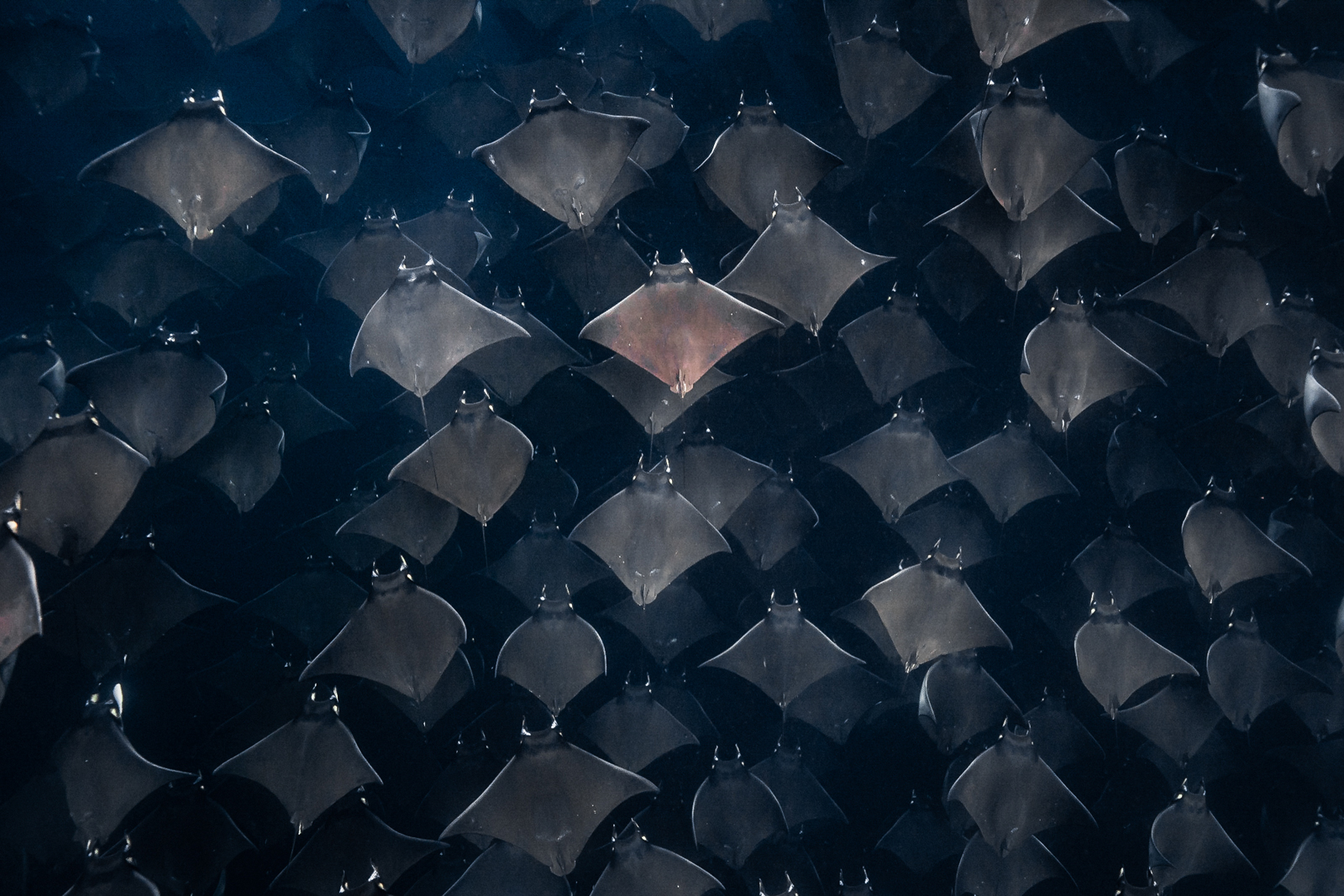
Photo © Pier Nirandara
Pier Nirandara
Thailand
Growing up in Thailand learning about her people’s maritime history gave Pier a profound respect for coastal communities of colour and their relationship to the sea. She believes in the power of storytelling to break down the walls of apathy in conservation, give a platform to underrepresented voices, and bring about change through empathy and connection. Whether it’s photographing people of colour underwater to reclaim ocean spaces or trying to be the first Thai person to photograph a Thai dugong in the wild underwater, Pier seeks to go deeper than pretty pictures.
Russell Laman
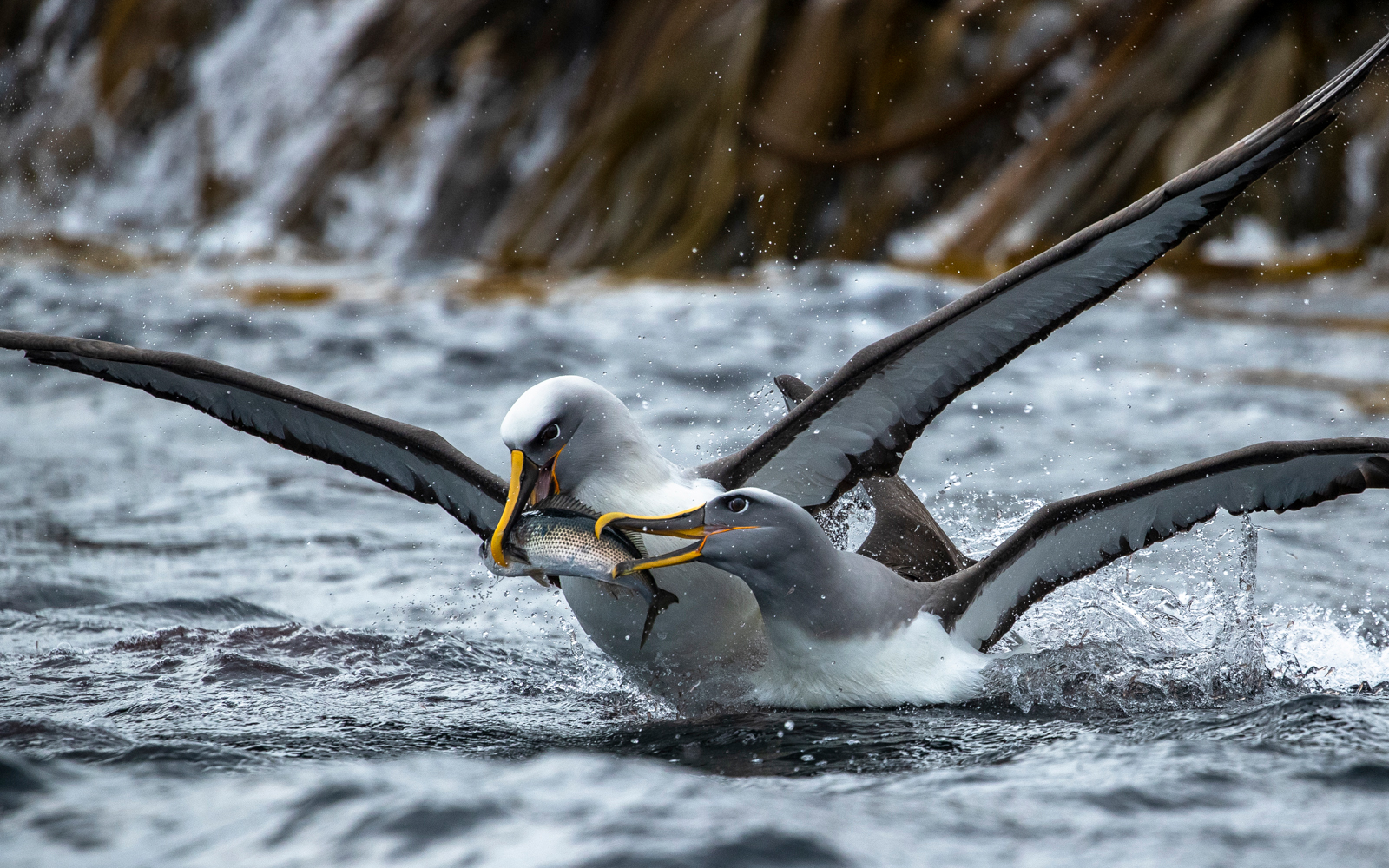
Photo © Russell Laman
Russell Laman
USA
Whether presenting to an audience of researchers or connecting to the public through social media, Russell has seen time and time again the importance of powerful imagery in communication. Through his photography, Russell strives to create compelling images that evoke emotion, and he’s ever thrilled by the idea of making something that can have a global impact. His dream is to use his photography to make a difference in conservation. Russell wants his photography to reveal the never-before-seen and cast pre-existing notions in a new light. By focusing on current issues that need exposure, he hopes to be a driver of change.
Sage Ono
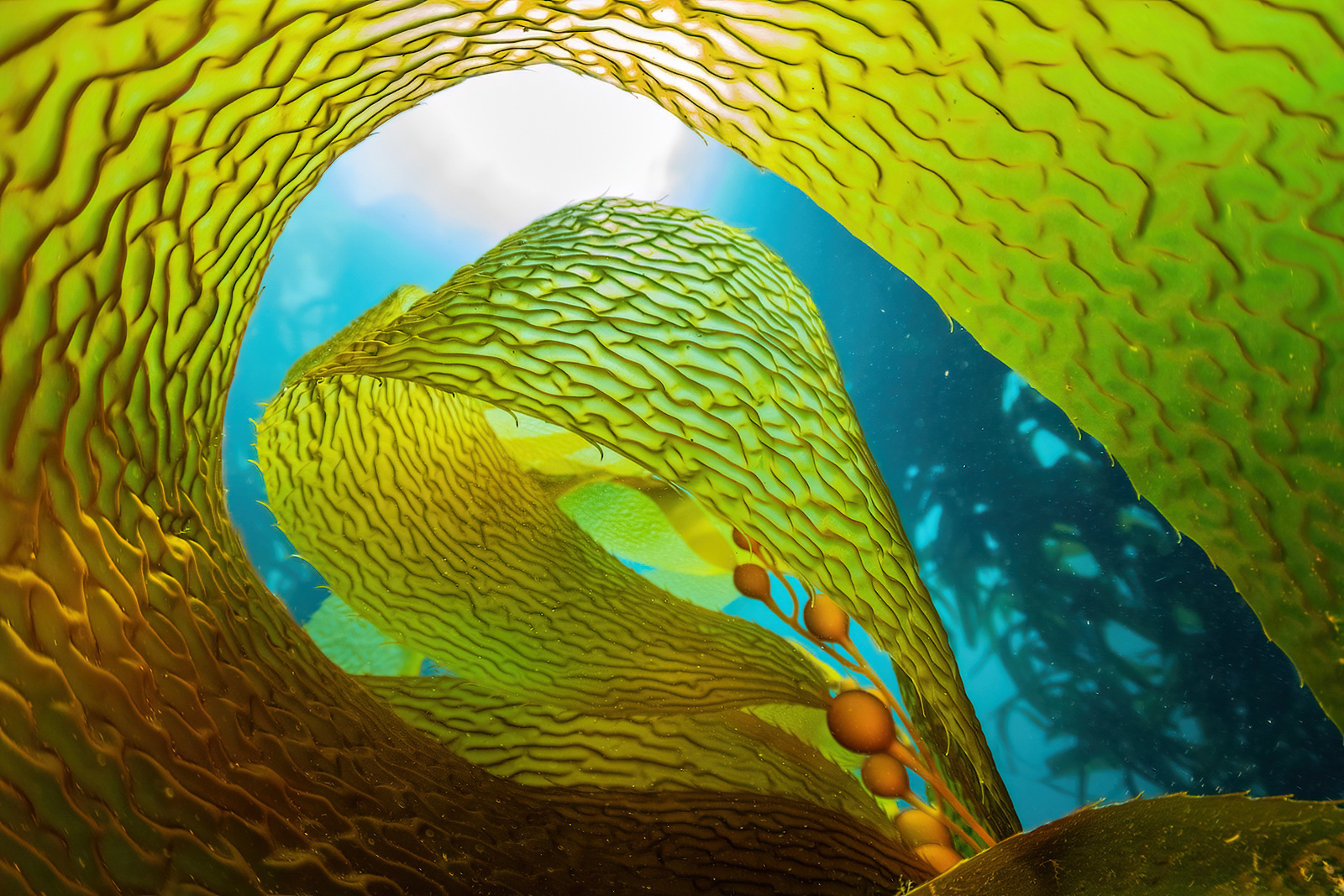
Photo © Sage Ono
Sage Ono
USA
We are living in an age of rampant, yet deeply complex, environmental crises. Developing and implementing solutions is critical, and yet Sage has become concerned that much of the popular environmental zeitgeist lacks the nuance to have the desired impact, often resulting in dangerous misunderstandings and tribalism. Sage’s aim is to tell stories that delve into the complexities of conservation issues, to strike the difficult balance between attention-grabbing headlines and level-headed realism. Moreover, he wants to portray conservation efforts as meaningful, relatable steps towards a healthier biosphere; Sage wants his audience to feel determined and poised to act when so many conservation practices are presented as last-ditch efforts in the face of the apocalypse.
Shatabdi Chakrabarti
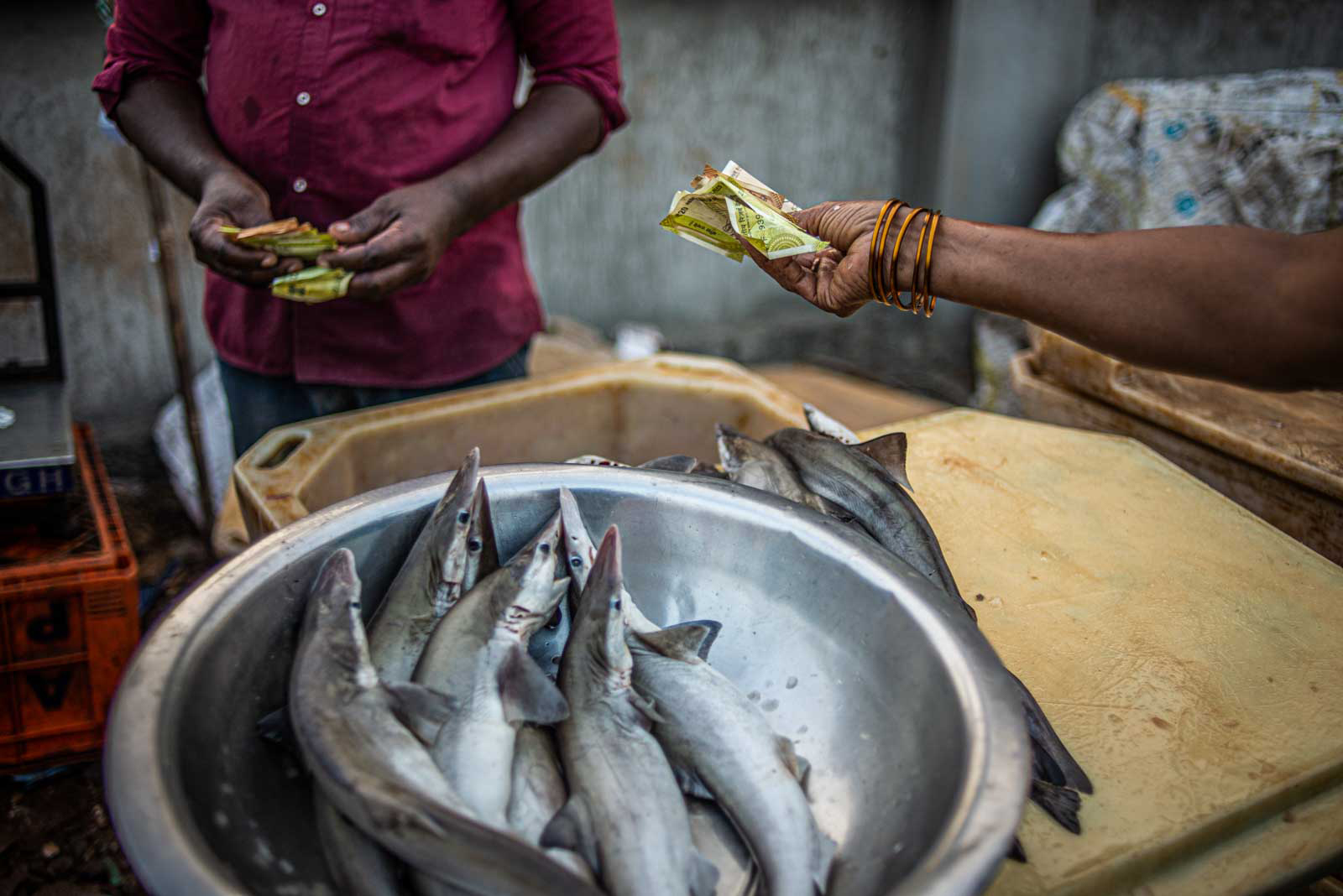
Photo © Shatabdi Chakrabarti
Shatabdi Chakrabarti
India
Shatabdi believes that the visual medium can be the strongest tool for creating awareness and impact and change mindsetsand behaviour. Photography as a medium not only documents the times we live in and archives all aspects of our lives and our surroundings, but it also invokes a strong reaction through nostalgia, history, personal connection emotions. A single image has the power to change someone’s perception or thought process. Photography also keeps us connected to on-ground realities in a more impactful manner. A 2-page written article will give us information, but an image depicting the scenario will stay with us and have a stronger connection. Being a photographer also makes Shatabdi feel responsible and duty-bound to tell urgent stories of our times, especially of neglected people, situations and causes. Given today’s global connectivity, as a tool, photography can have not only a local impact in a given geographic location, but has the potential to reach every single person on the planet, which can then lead to a domino effect of positive change and awareness.
